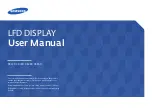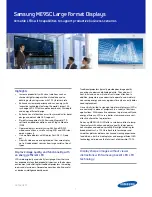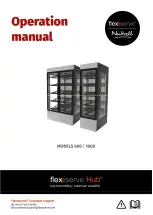
G900X/G950 Installation and Maintenance Manual – GEA 71
Revision D
190-00719-00
Page 5-20
Refer to the supplied servo or sensor installation manual and G900X/G950 interconnects in Appendix F-J
for proper wiring connections. Section 15 provides calibration instructions.
5.6.2.8
Pressure Sensor (Fuel, Manifold, and Oil)
General Installation Guidance:
The specified pressure transducers (Figure 5-16) provide for a couple of different mounting options:
A.
Sensor body secured to the engine mount or firewall via an appropriately sized Adel clamp
(preferred), or
B.
Mounted to a transducer mounting block located on the firewall via the use of a stainless steel
AN911 fitting (union).
Figure 5-16. Pressure Transducer
WARNING
To minimize the possibility of cracking or breaking of the transducer due to vibration, the
sensor should not be mounted directly to the engine. Mechanical failure of the transducer
could result in loss of engine pressure for the sensed parameter (oil, fuel, manifold).
Once a suitable sensor mounting arrangement has been identified, the following installation procedures
should be followed:
1.
Mount the sensor using one of the two methods noted above.
2.
Refer to the applicable engine manual to identify the appropriate connecting port on the engine
for the parameter being sensed. Once identified, use appropriate aircraft-grade hoses and fittings
to connect the corresponding port on the engine to the sensor. The female threads on the sensor
are designed to accept a 1/8” NPT male thread.
NOTE
The fuel and oil pressure fittings on the engine port should have a restrictor hole where
appropriate to minimize potential fluid loss in the event of breakage.
3.
Connect the supplied connector to the appropriate inputs on the GEA as referenced in the
G900X/G950 interconnects in Appendix F-J. Secure the connector and wire assembly to an
appropriate location in the engine compartment to provide strain relief.









































